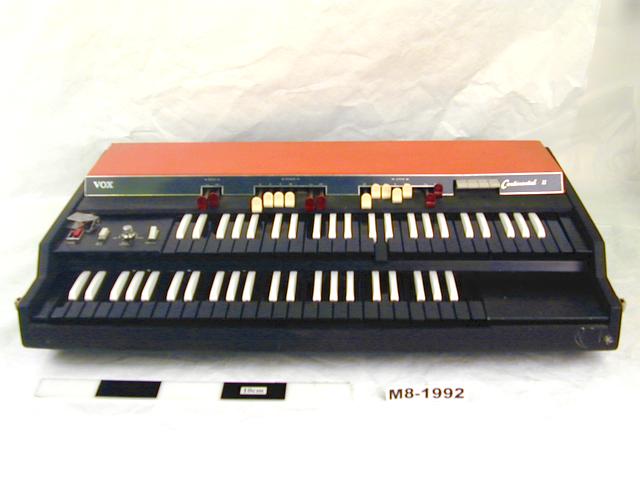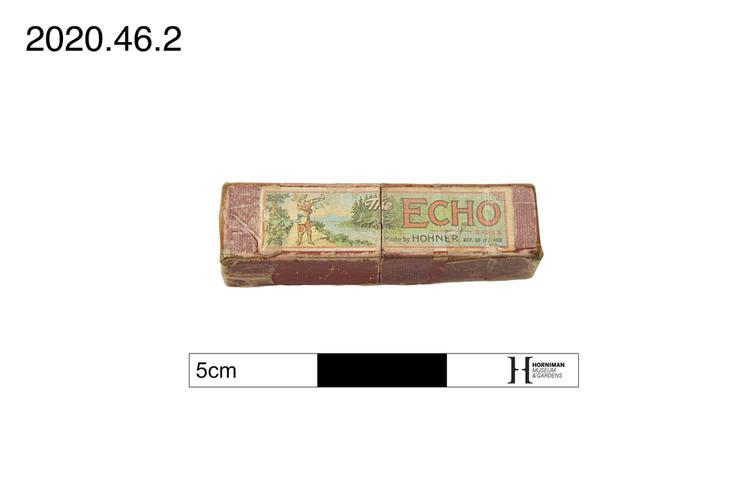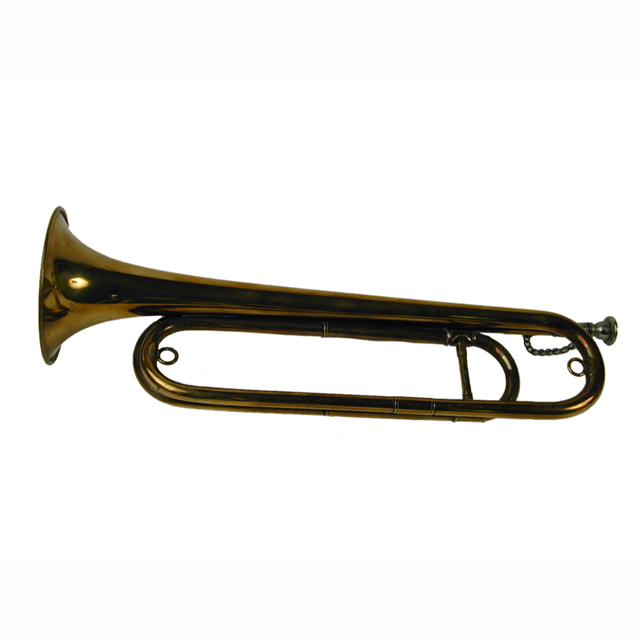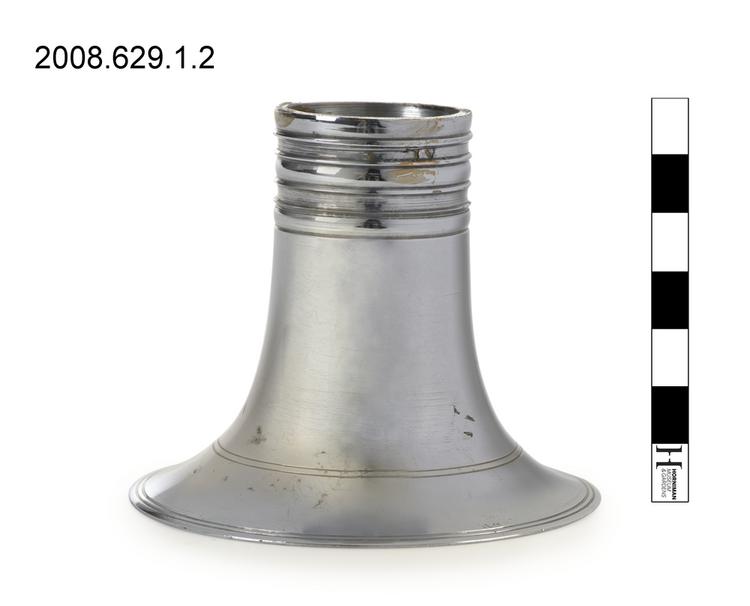
Vox Continental Mark II electronic organ with (transistorised) oscillators. The housing is of plywood covered with black PVC. The orange cover is of cellulose nitrate. Black plastic natural keys, white accidentals, all with a metallic spring at the back. Two four-octave keyboards: the upper C3 - C7 (c - c''''), the lower C2-C6 (C-c'''). The four grey keys in the top right-hand corner are not original. Bass 8/16 rocker switch. Bass: manual/pedals rocker switch under body. Bass: sine wave/saw-tooth slider, 8 steps. Upper: 8', 4', 2', iV sine wave saw-tooth slider, 8 steps. Lower: 16', 8', 4', II, III sine wave saw-tooth slider, 8 steps. Un-named tablets for pre-sets. The electric circuitry is housed within the characteristic, raised orange platform behind the two keyboards. The organ sits on metal, Z-shaped legs. Integral case, covered in black vinyl.
The electric circuitry is housed within the raised orange platform behind the keyboards. Twelve oscillators - one for each note of the scale - produce the sound, with frequency dividers to produce lower octaves. These sounds are boosted by transistors and their tone altered by combining sine, saw-tooth and square waves. The result is a powerful and sustained polyphonic sound that could compete in an ensemble of amplified instruments. The Vox Continental featured in bands such as The Animals, The Doors and later, the London band, Madness.


































































































































































































































































































































































































































































































































